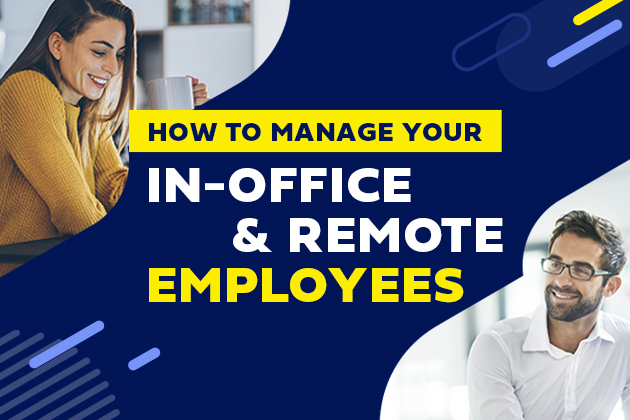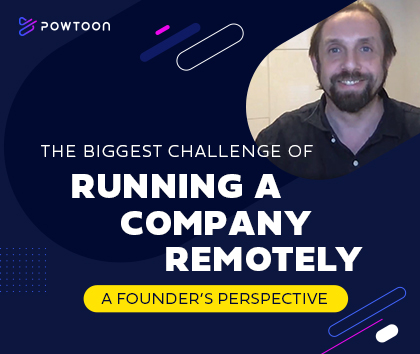
Why Businesses Must Protect L&D Budgets to Continue Growth
If you’re worried about an upcoming recession in 2023 and how it will affect your organization’s budget, you’re not alone. Many Learning & Development leaders like you are facing budget cuts during the economic downturn.
But the truth is, in times of economic uncertainty, investing in your company’s L&D strategy is more critical than ever. The Association for Talent Development found that companies offering effective L&D programs are 24% more profitable than those without formal training. That’s a huge revenue boost!
In this article, we’ll break down the impact robust L&D strategies have on business success. And look at how you should present these arguments to the top. So that next time your CEO asks you how your training programs affect revenue, you’ll have ALL the answers.
The Impact of L&D on Business Success
As new business challenges arise, so employees gain new responsibilities, and high–performing leadership teams become essential. Employees need to receive proper training on how to adapt to new situations, better utilize existing resources, and face challenges head-on – protecting the business and its bottom line.
L&D leaders already know that the benefits of investing in L&D during a recession far outweigh the costs. The question is – how does L&D impact revenue? And how can you get your executives on board?
Here are a few starting points to help you make a case for increasing L&D budgets during a recession:
- Creating impactful L&D content can be budget-friendly:
Making and sharing engaging L&D content shouldn’t break the bank. Transforming training manuals and PDFs into engaging, bite-size video content is easy and affordable – but only when you do it in-house. With a video solution like Powtoon, you can create as many beautiful and engaging training videos as you need while eliminating agency costs. - New challenges require new ways of thinking:
Remind executives that our best skills are needed to tackle the challenges of the economic downturn. By investing in L&D, companies prepare employees to navigate new waters, take on the responsibilities of staff who have left, and compete in the current market. This positions the company for future success and growth. - Investing in L&D now can lead to cost savings down the line:
Increase your company’s efficiency and productivity by training employees to do more with less and developing leaders to navigate economic challenges successfully. Deloitte found that organizations with a strong learning culture are 52% more productive. This boost in productivity and engagement leads to cost savings and increased revenue in the long term, offsetting the expense of L&D. - L&D is vital to boosting employee morale:
Employees who feel their employer invests in their growth and development are more likely to stay at their company. In fact, Bridge found that 86% of millennials would stay in their current position because of training and development. As recruitment costs are so high, businesses that want to survive must prioritize retaining and supporting their staff. - There’s a real cost to cutting L&D budgets:
Remind executives that slashing your L&D budget can backfire. Companies that cut L&D budgets cannot compete with current industry trends, technologies, and changing market conditions – meaning they lose talented employees to competitors. The Harris Group found 70% of US employees would leave their current company to join one that invests in learning and development. And valuable staff members are expensive to replace.
In short, protecting L&D budgets during a recession is the smart move that leads to cost savings, improved employee engagement, reduced churn, and increased competitiveness.
But how can you prove it?
Here are some of our top tips to help you present these arguments to executives:
- Use a video creation tool like Powtoon to present your arguments in a clearer, more impactful, and more compelling way.
- Align your L&D programs to your business goals with a clear action plan. This will help you convince executives to protect your budget. Read our article on increasing the value of your L&D programs to find out more.
- Provide specific examples and – where possible – use data from employee surveys to support your case.
- Most importantly, rally your supporters! Executives don’t make budget decisions alone. So consider using the success of cross-functional projects with other departments (such as marketing or sales) and asking for their support in budget meetings.
Don’t Forget About “Soft Skills“ Training
One final thing! When making your case for protecting L&D budgets, don’t forget about the impact “soft skills” training can have on revenue.
“Soft skills” include things like teamwork, critical thinking, and negotiation. For decades, businesses considered these skills less critical – or more of a ‘given’ – than others, as they’re harder to measure and quantify.
But developing these skills is just as important, if not more so, than learning about a new design program. They can help with everything from better communication and leadership skills to sharper problem-solving and decision-making. This ultimately leads to a more engaged and motivated workforce and drives revenue.
Deloitte found that high-performing companies spend 1.5 to 2 times more on leadership development than others. When companies invest in their people, they create loyalty and engagement, strengthening their company culture. A strong culture drives revenue and reduces employee churn, so vital when recruitment is expensive.
So, remember to communicate the revenue benefits of hard and soft skills training. After all, they’re crucial to business success.
Find Out More About Protecting Your L&D Budget.
It’s more important than ever for businesses to have a strong L&D strategy.
Download our latest guide – “How to Make Your L&D Strategy Recession-Proof” – to learn how to test, prove, and increase the value of your L&D programs – and protect your L&D budget.
And if you’re looking for some extra help, schedule some time to talk with one of our Powtoon solutions experts.
Esther Lowde
Latest posts by Esther Lowde (see all)
- How to Measure and Report on the Impact of Your L&D Programs - April 3, 2023
- How to Boost Your L&D Programs’ Value While Reducing Costs with Video - March 31, 2023
- Why Businesses Must Protect L&D Budgets to Continue Growth - March 29, 2023







